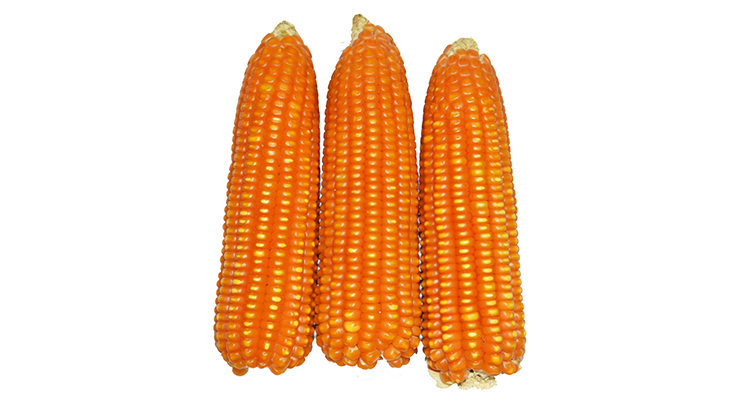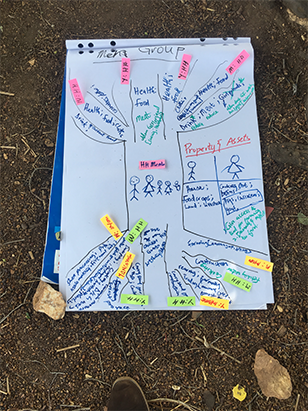
Researchers give decision-makers tools for better SAI interventions
Africa is a major producer of several kinds of cereals like sorghum, millet, wheat, maize, and rice, yet there is a wide gap between actual and potential yields for these cereals. Total production is not keeping up with the increase in population, leading to intensifying production with more commercial inputs. However, the environmental concerns from intensified agriculture have led to serious questions about agricultural sustainability. Together these concerns have driven a movement towards Sustainable Agricultural Intensification (SAI) as a potential strategy to avert predicted catastrophes of widespread hunger and severe land degradation.
The need to emphasize inclusive SAI stems from the long-held recognition of women’s critical role in agriculture and the growing attention to youth engagement in agriculture. Also, the need for inclusive SAI is supported by evidence that gender and youth inclusiveness are important determinants of adopting intensified practices.
A study was carried out in Malawi and Ghana, using primary and secondary data about data-collection tools for detecting gender and youth inequities, including the demand for the tools, their requirements, and the information they provide. A research team, including Gundula Fischer, IITA’s Social Scientist and Gender Expert, and led by Philip Grabowski from the Environmental Science, Public Health and Sustainability Department at Taylor University in Upland, Indiana, USA, carried out the study.
The team interviewed decision-makers in the target areas to understand their needs and practices for equity analysis. Tools were evaluated, adapted, and tested to detect inequities from SAI. “Based on decision makers’ priorities, we focused on tools that are affordable, can provide timely assessment, are feasible in terms of human resources, are useful for ex-ante analysis, and can support gender transformative approaches,” said Grabowski.
The results demonstrated the suitability of participatory data collection tools to decision makers’ need for ex-ante assessment and early detection of disparities. Information was also synthesized from testing and adapting tools about the resources required, the equity issues that can be revealed, and their potential role in a gender-transformative approach.
According to the research, the tools presented match the needs of decision-makers in research locations, are useful for facilitating inclusive SAI, and can support the complex process of transforming systemic gender and youth inequities.
The team emphasized that when these tools are used appropriately, they can help fill the gap in viable methods for assessing social sustainability in agricultural intensification.
“The data collection tools we have presented support a fundamental first step towards inclusive SAI by helping decision-makers to foresee differentiated effects of agricultural interventions,” said Grabowski.
For most agricultural projects, gendered differences in SAI impacts are age-specific, hence the study suggests adapting gender tools to detect youth and gender inequities together, especially when lacking a youth-specific analysis tool.


